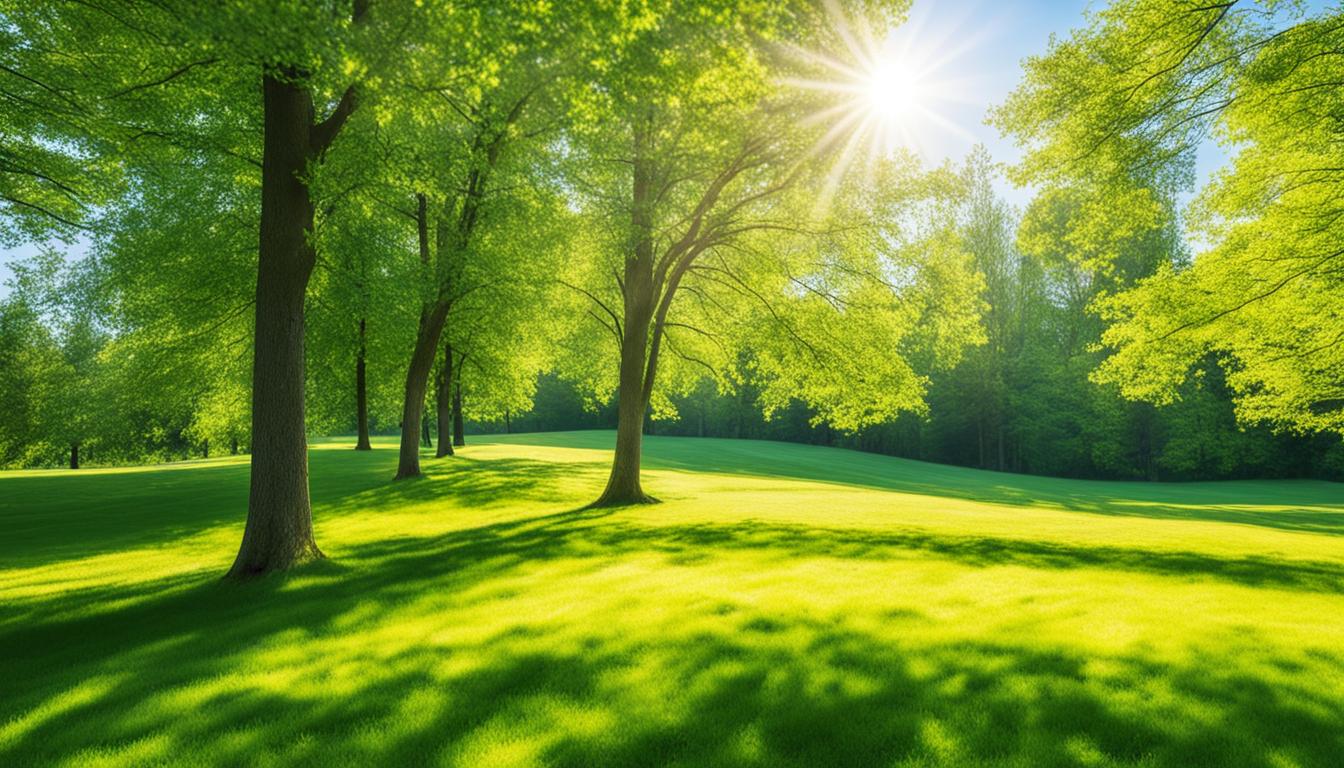Welcome to our comprehensive guide on understanding the ever-changing world of weather conditions. Whether you’re an avid weather enthusiast or simply want to be more weather-savvy, this friendly guide will equip you with the knowledge and insights to interpret and respond to the constantly evolving atmospheric conditions with confidence.
From temperature fluctuations and precipitation patterns to wind behavior and natural disasters, we’ll explore the science behind the weather and provide practical tips to help you better prepare for and navigate the dynamic climate we live in. By delving into the fundamentals of meteorology, you’ll gain a deeper understanding of the complex interplay of factors that shape the weather conditions we encounter on a daily basis.
Whether you’re dealing with unexpected precipitation, trying to manage temperature fluctuations, or simply want to be more informed about the weather forecast, this friendly guide will equip you with the knowledge and tools to confidently interpret and respond to the atmospheric conditions around you. Join us on this journey as we explore the fascinating world of weather and help you become a more weather-savvy individual.
Decoding the Mysteries of the Weather
Unraveling the complexities of the weather is a captivating journey that offers insights into the dynamic nature of our atmosphere. To begin, let’s define what weather is and explore the key factors that shape weather patterns across the globe.
What is Weather?
Weather refers to the short-term, day-to-day changes in the atmospheric conditions, such as temperature, precipitation, humidity, and wind. These atmospheric conditions are influenced by various factors, including the sun’s energy, the Earth’s rotation, and the movement of air masses. By understanding the science behind weather, we can better anticipate and respond to the weather conditions we encounter on a daily basis.
Factors Influencing Weather Patterns
The weather we experience is the result of a complex interplay of various atmospheric variables. Temperature, air pressure, humidity, and wind patterns all contribute to the formation of different weather phenomena. For instance, warm air rising and cooler air sinking can lead to the development of clouds and precipitation, while changes in air pressure can drive the movement of air masses, resulting in shifts in weather conditions.
The Role of Meteorology
At the forefront of understanding and predicting weather is the field of meteorology, the scientific study of the atmospheric conditions and their changes over time. Meteorologists use a variety of tools and technologies, such as weather satellites, radar systems, and complex computer models, to collect and analyze data on weather patterns. By studying these patterns, they can provide valuable forecasts and insights to help individuals and communities prepare for and respond to weather events.
By delving into the fundamental concepts of weather and the role of meteorology, we can gain a deeper appreciation for the dynamic nature of our environment and how it shapes our daily lives. In the following sections, we’ll explore the various atmospheric conditions in greater detail, providing a comprehensive understanding of the weather phenomena we encounter.

Weather: A Closer Look at Atmospheric Conditions
In this section, we’ll delve deeper into the various atmospheric conditions that shape the weather we experience on a daily basis, including precipitation, temperature, and humidity. By understanding these fundamental elements, readers will be better equipped to interpret and respond to the changing weather patterns around them.
Understanding Precipitation
Precipitation, in its various forms such as rain, snow, and hail, is a crucial component of the weather. We’ll explore how these different types of precipitation are formed and how they can impact our daily lives. From the intricate process of water condensation to the factors that influence the intensity and duration of precipitation, this section will provide a comprehensive understanding of this atmospheric phenomenon.
Temperature Fluctuations
Temperature is a key driver of weather patterns, and understanding its fluctuations is essential for navigating the ever-changing atmospheric conditions. We’ll examine the factors that contribute to temperature variations, including the influence of geographic location, time of day, and seasonal changes. By exploring the impact of temperature on our comfort, activities, and even natural disasters, readers will gain valuable insights into this critical weather element.
Humidity and Its Effects
Humidity, the measure of water vapor in the air, plays a crucial role in shaping the weather we experience. In this section, we’ll delve into the effects of humidity on weather patterns, comfort levels, and overall atmospheric conditions. From the relationship between humidity and precipitation to the ways in which humidity can impact our daily lives, this exploration will equip readers with a deeper understanding of this influential weather component.
FAQ
What is weather?
Weather refers to the atmospheric conditions that occur in a particular place and time, including temperature, precipitation, wind, and humidity. It is the day-to-day state of the atmosphere and its short-term variations.
What factors influence weather patterns?
The key factors that influence weather patterns include temperature, air pressure, wind, humidity, and the presence of various atmospheric phenomena like fronts, high and low-pressure systems, and precipitation.
What is the role of meteorology in understanding weather?
Meteorology is the scientific study of the atmosphere and its effects on the Earth’s weather. Meteorologists use a combination of observations, measurements, and complex computer models to understand, predict, and analyze weather patterns and conditions.
How does precipitation form?
Precipitation, such as rain, snow, or hail, forms when water vapor in the atmosphere condenses and falls to the Earth’s surface. The type of precipitation depends on temperature and other atmospheric conditions.
What causes temperature fluctuations?
Temperature fluctuations are influenced by a variety of factors, including the angle of the sun, air masses, cloud cover, wind, and local geographic features. Changes in temperature can have significant impacts on weather patterns and human comfort levels.
How does humidity affect weather?
Humidity, or the amount of water vapor in the air, plays a crucial role in weather conditions. High humidity can lead to increased cloud cover, precipitation, and a general feeling of “mugginess,” while low humidity can result in drier, more arid conditions.
What are some common natural disasters related to weather?
Severe weather events such as hurricanes, tornadoes, blizzards, and floods are all examples of natural disasters that are closely tied to weather patterns. Understanding the science behind these phenomena can help individuals and communities better prepare for and respond to these extreme weather events.






